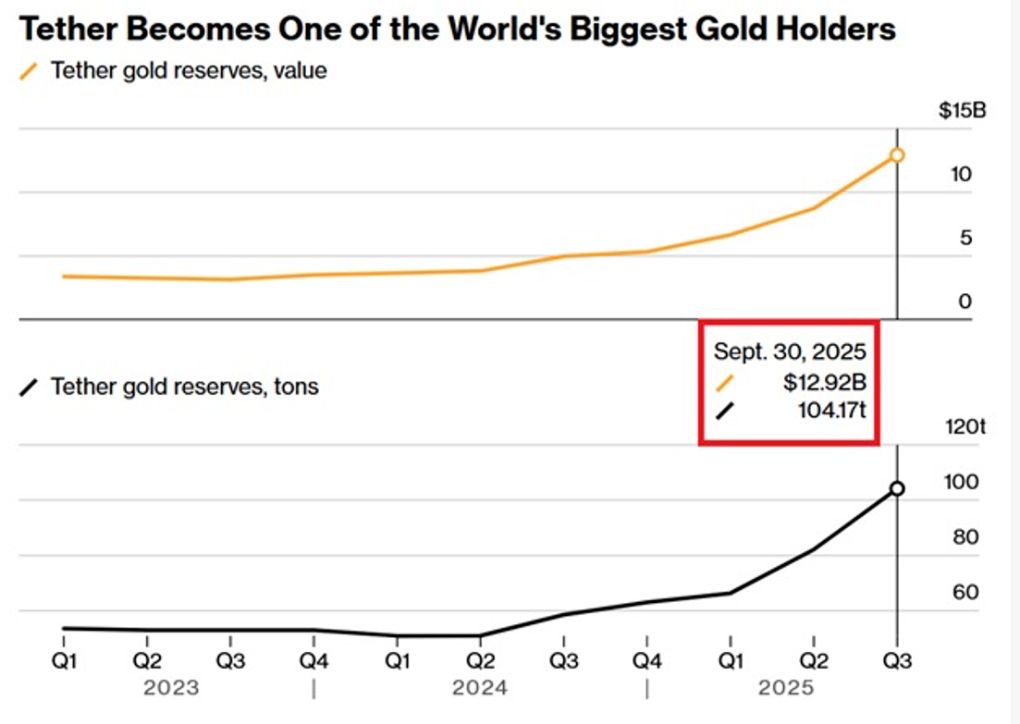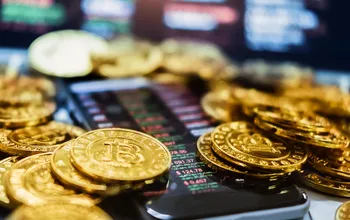Silver's Silent Revolution: Contrarian Signals in the Shares Silver Trust (SLV) Suggest a Strategic Entry Point for 2025
- The Shares Silver Trust (SLV) emerges as a strategic entry point for contrarian investors in 2025, driven by undervalued silver fundamentals and structural supply-demand imbalances. - Weakening U.S. dollar, industrial demand surges (10% annual solar-driven growth), and a record 87.9 gold-silver ratio signal potential for a sharp silver rebound. - Oversold technical indicators (RSI 24.84, golden cross) and $3.61B 3-month inflows highlight shifting investor sentiment toward silver’s dual role as industrial
The Shares Silver Trust (SLV) has long been a barometer for investor sentiment toward physical silver. In 2025, however, the ETF's recent performance and structural market dynamics are painting a compelling case for contrarian investors seeking undervalued exposure to the precious metal. A confluence of macroeconomic shifts, industrial demand surges, and technical indicators suggests that SLV may be at a pivotal inflection point—a strategic entry opportunity for those willing to defy short-term volatility.
Macroeconomic Tailwinds: Silver's Dual Role as Industrial Engine and Monetary Hedge
The U.S. dollar's weakening trajectory, driven by softer-than-expected jobs data and speculation about Federal Reserve rate cuts, has amplified silver's appeal. Unlike gold, which is primarily a monetary asset, silver's demand is anchored by industrial applications, particularly in solar photovoltaics and electric vehicles (EVs). Global industrial consumption accounts for ~59% of total silver usage, and with solar panel production alone projected to drive a 10% annual increase in demand, structural supply deficits are hard to ignore.
The gold-silver ratio—a critical contrarian metric—has ballooned to 87.9 as of early 2025, far above its historical average of 60–70. This divergence suggests silver is undervalued relative to gold, a pattern that has historically preceded sharp rebounds. For example, during the 2008 financial crisis, the ratio peaked at 110 before silver surged 80% in 12 months. Today's environment, marked by inflationary pressures and energy transition tailwinds, could amplify such a correction.
Investor Behavior: A Shift from Tactical Redemptions to Strategic Accumulation
While SLV faced a $312.7 million outflow in the past month, broader timeframes tell a different story. Over the past 3 and 6 months, the ETF attracted $3.61 billion and $4.29 billion in inflows, respectively. This pattern reflects a shift from tactical redemptions to strategic accumulation, particularly in Asia and North America. India, for instance, has become a key driver of demand, with record ETF purchases and physical imports.
Retail and institutional investors are increasingly viewing silver as a dual-purpose asset: a hedge against currency devaluation and a high-growth industrial commodity. This shift is evident in SLV's outperformance against gold ETFs like SPDR Gold Shares (GLD), which gained 13.67% YTD compared to SLV's 16.64%.
Technical Indicators: Oversold Conditions and a Golden Cross
From a technical perspective, SLV is in an oversold territory. The Relative Strength Index (RSI) stands at 24.84, and the Williams %R at -95.51, both signaling potential for a rebound. The 50-day moving average ($34.37) is above the 200-day ($30.31), forming a “golden cross” that historically signals bullish momentum.
However, caution is warranted. The MACD remains bearish, with the line below the signal line, and a recent sell-off from a July 22 pivot top (-2.04%) suggests lingering short-term pressure. Traders should monitor the $34.63 support level; a break below this could trigger further declines, while a rebound above $35.03 resistance may confirm a resumption of the uptrend.
Structural Risks and the Case for Caution
Despite the bullish case, risks persist. A delay in Fed rate cuts could push real yields higher, dampening silver's appeal. Additionally, a stronger dollar or a slowdown in energy transition investments could curb demand. Investors must also consider the ETF's liquidity profile—while SLV is the largest silver ETF with $14.9 billion in AUM, extreme volatility could amplify price swings.
Investment Thesis: A Contrarian Play on a Market in Transition
For contrarian investors, SLV offers a unique opportunity to capitalize on a market in transition. The combination of an elevated gold-silver ratio, oversold technical conditions, and structural supply-demand imbalances creates a compelling risk-reward profile. While the path to $40+ per ounce may be volatile, the fundamentals suggest silver is undervalued relative to both its industrial utility and monetary role.
Action Plan for Investors:
1. Entry Point: Consider accumulating SLV near key support levels ($34.63) with a stop-loss below $34.00.
2. Position Sizing: Allocate 5–10% of a diversified portfolio to SLV, balancing exposure with gold and equities.
3. Time Horizon: Target a 6–12-month holding period, with a focus on both price appreciation and industrial demand-driven momentum.
In a world where traditional assets face headwinds, silver's dual identity as a monetary hedge and industrial engine makes it a rare asymmetric opportunity. For those willing to navigate short-term volatility, SLV could serve as a gateway to a market poised for a generational bull cycle.
Disclaimer: The content of this article solely reflects the author's opinion and does not represent the platform in any capacity. This article is not intended to serve as a reference for making investment decisions.
You may also like
Coinpedia Digest: This Week’s Crypto News Highlights | 29th November, 2025
QNT Price Breaks Falling Wedge: Can the Bullish Structure Push Toward $150?

Digital dollar hoards gold, Tether's vault is astonishing!

The Crypto Bloodbath Stalls: Is a Bottom In?
